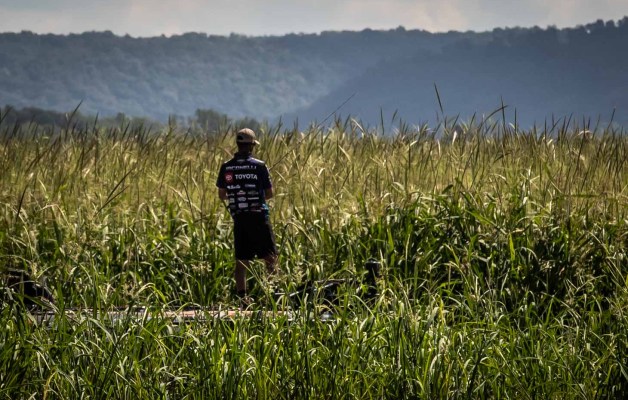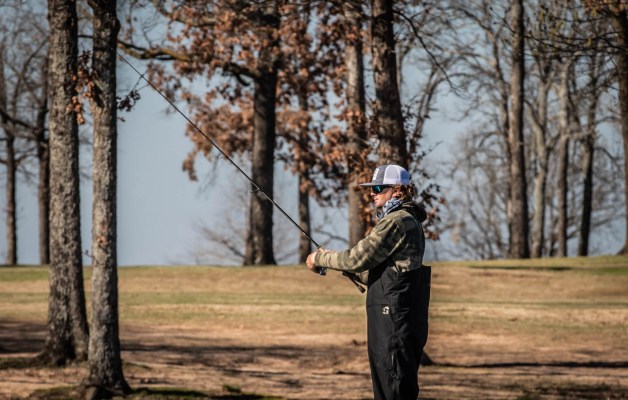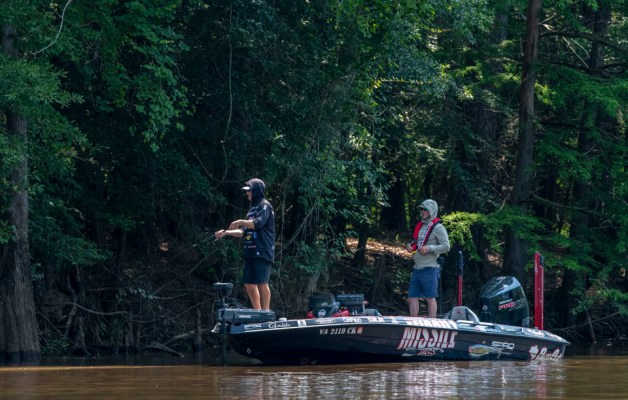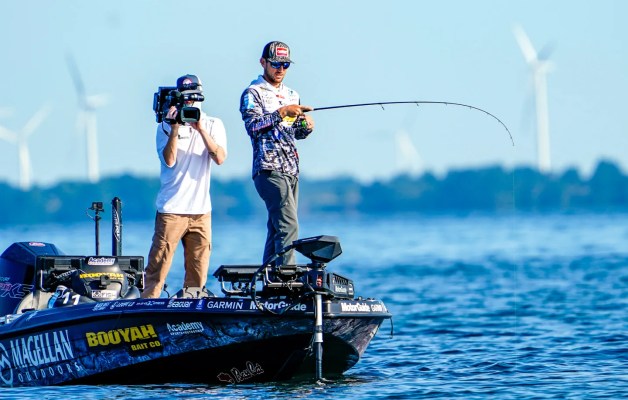Last time I told you about how I got started as a lure maker and tinkerer. I've always loved fishing, and making and tweaking my own baits was not just something I enjoyed, it helped me save money and kept me on the water.
When I started making some of the first deep-diving crankbaits and selling them to tackle shops around Louisiana, one of the shop owners thought enough of them to send a few to the legendary Jim Bagley. I certainly knew of Bagley back then. He had been making great bass lures since the 1950s — hard baits, soft plastics, even spinnerbaits. Even though I had never been there, I dreamed of living in Winter Haven, Fla., and working with him.
In fact, I used to joke with my wife and parents about working for Bagley and moving to Florida. Jim Bagley was my idol, so you can imagine how star-struck I was when I found out that he was coming to Louisiana and wanted to talk to me about my baits. This was back in 1972 or '73.
After about a 15-minute conversation with Bagley, he offered me a job in Florida and said he'd double my salary. I accepted right away even though the extra money didn't matter to me; I didn't even check with my wife or parents. When he asked how I could make such a big decision without asking my family about it, I just told him that they'd known for years that it was exactly what I wanted to do. They wouldn't be surprised a bit!
In the 12 years I worked with Bagley Bait Company, Jim became like a second father to me. He taught me a lot, and I'd like to think that the company benefited from my being there. Those were the glory days of the outfit, and we had an incredible team that handled everything from design to production to painting to marketing. We created the baits that won three Bassmaster Classics, and we set the standard for hard baits in the industry.
I'm really proud of the work we did at Bagley's in those years, but like anything else, nothing lasts forever and after 12 years it was time for me to move on and do my own thing. By the mid 1980s, I felt like I had done just about all I could do at Bagley's and risen just about as high as possible within the company, so I left to start my own company and to consult with other manufacturers. It was a tough decision and one that Jim didn't like very much.
For a while, things were strained between us. I think a big part of it was that my building was just down the road from Bagley's, and he was worried I was concocting some secret lures or something like that. I'd see Jim driving past my shop a couple of times a day, looking hard to see inside.
I finally realized the thing to do was to invite him over and let him check things out. I wasn't trying to hide anything, and I had tremendous respect for him and all he had done for the industry and for me. He must've gotten there about five minutes after I invited him over. We talked, he looked around, and things were fine after that.
We remained close until he passed away in 2004, but it was never the same as when I worked for him and was in his shop every day. I guess it never could be.
The fishing industry is a strange one in a lot of ways. I suppose some of that comes from a lot of us being tournament fishermen and trying to beat the other guys on the water. That can extend to the design and creative part of the business, too. In most industries, a manufacturer guards his designs and plans very closely, and it's like that for some of the fishing industry, too, but it's usually a lot more relaxed and friendly.
Most of us are fishermen first and businessmen second. We have to earn a living, but we also want to share our excitement and talk about our work because — on some level at least — it's still fishing and still a hobby even though it's how we earn our living. That's changing with the times and as more big companies buy out the little guys, but it's still out there.
The way I look at it, we're competitors during the day — whether you're talking about tournament fishermen or lure makers — and we have dinner together at night. I like that about our business.
Over the years, I've either been employed by or done consulting for more than a dozen tackle companies, and I'll just about guarantee you have baits in your tackle boxes from every one of them. Things have come full circle for me. I'm still working in the building I bought 30 years ago, even though I've bought and sold it three different times, and I'm back doing consulting work with Bagley's again.
On the shelves in my shop, you'll see boxes and boxes of baits sent to me by other companies. They're having issues with these lures — they don't dive right or the wiggle is wrong or something else — and they're asking for a little advice. I'm happy to give it where I can.
I know they'd do the same for me. It's part of what makes our industry and our sport so great.
Next time, I'm going to give you some tips that'll help you get more out of your hard baits.
Originally published February 2012





